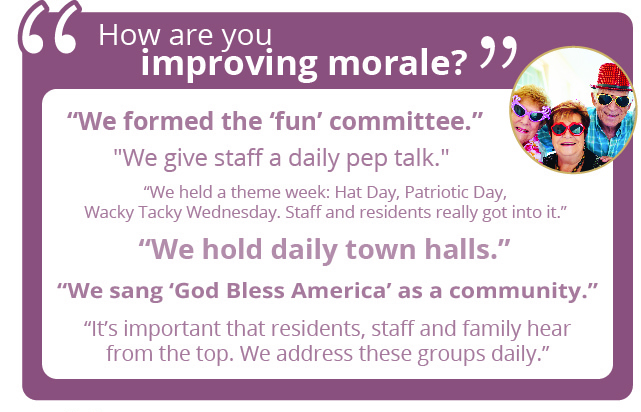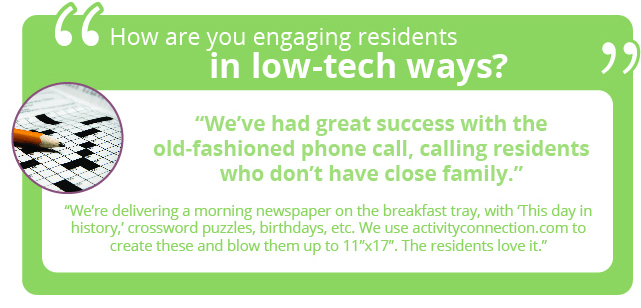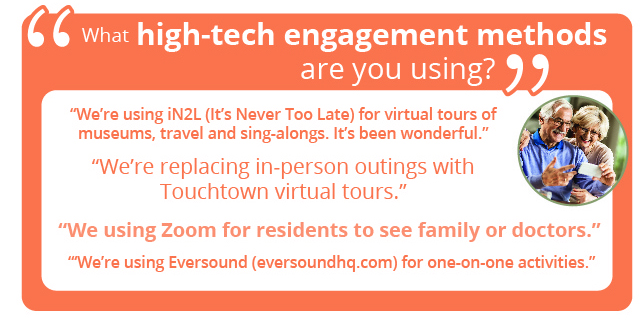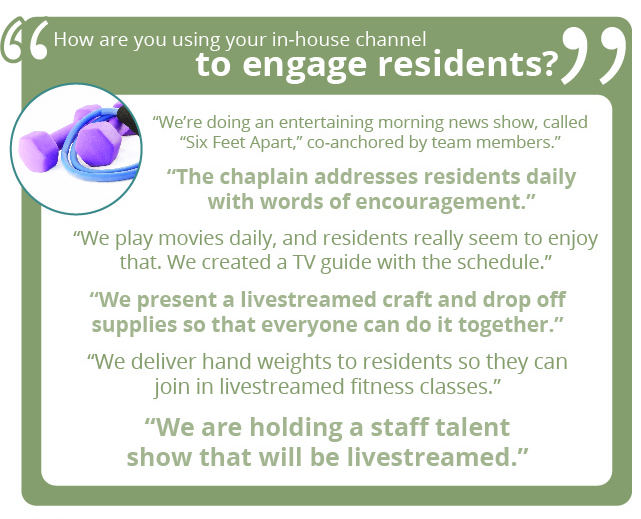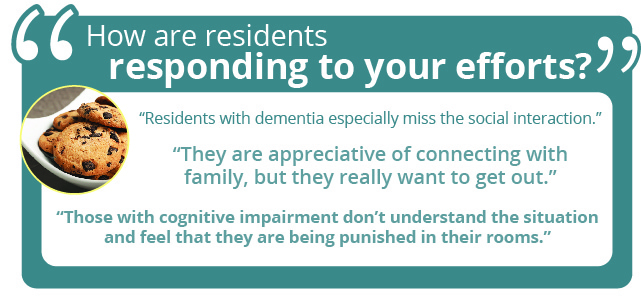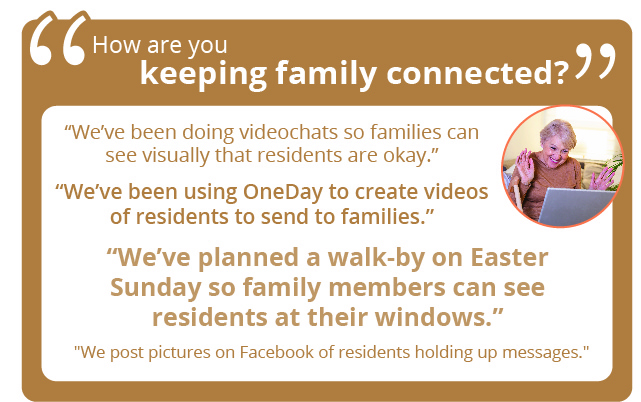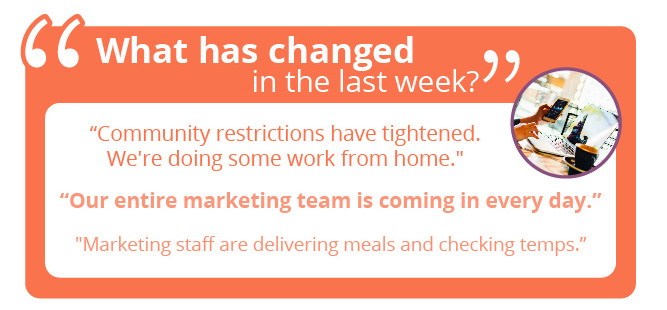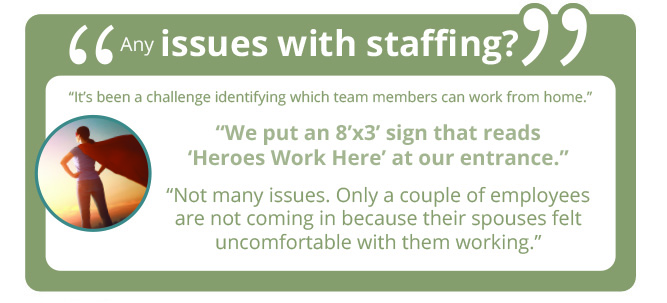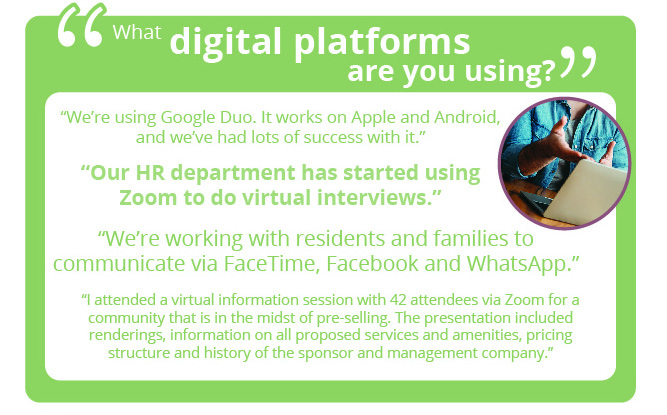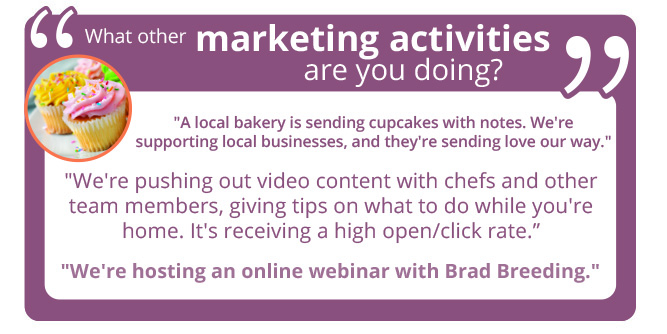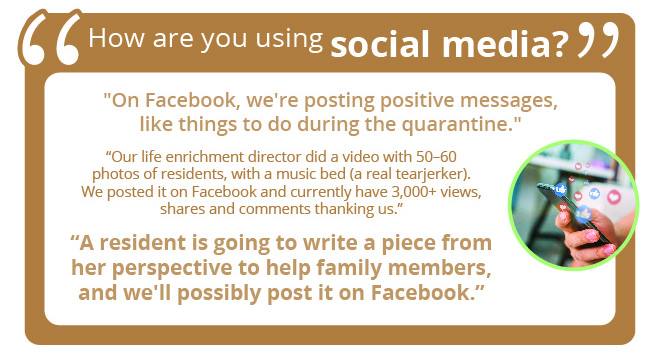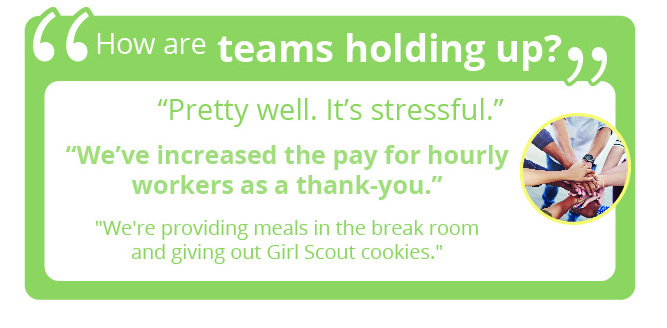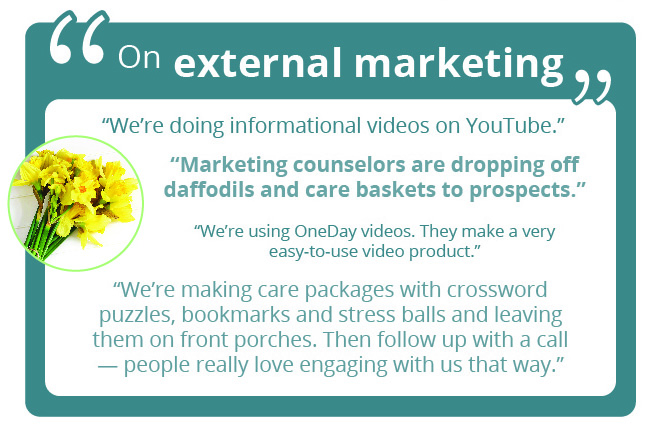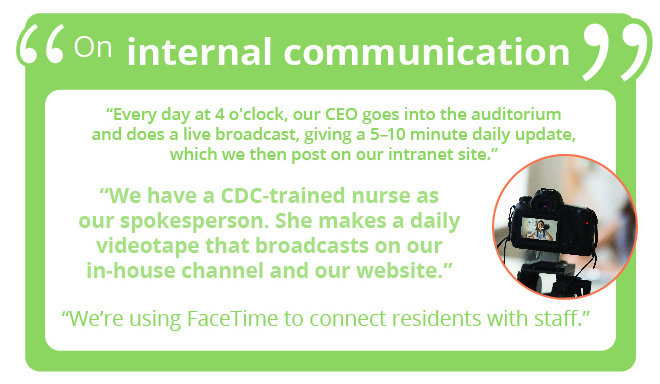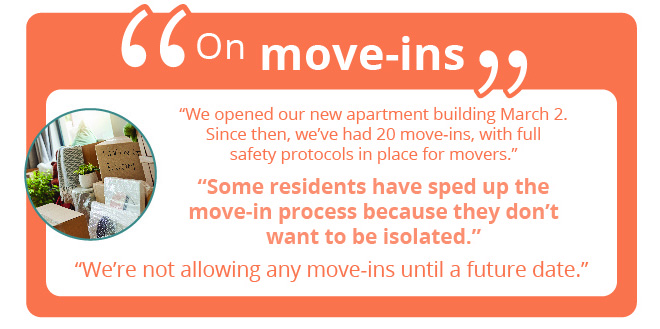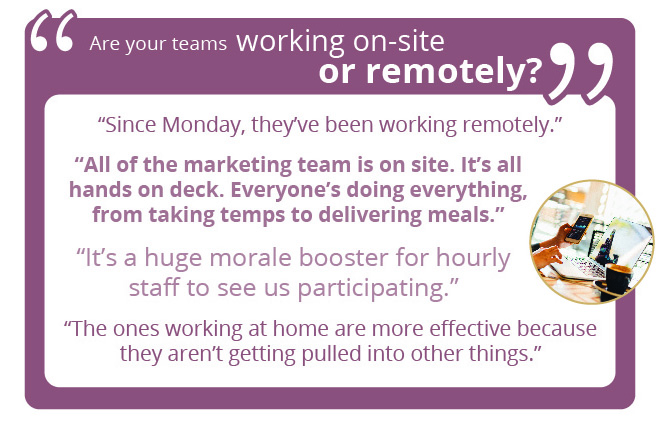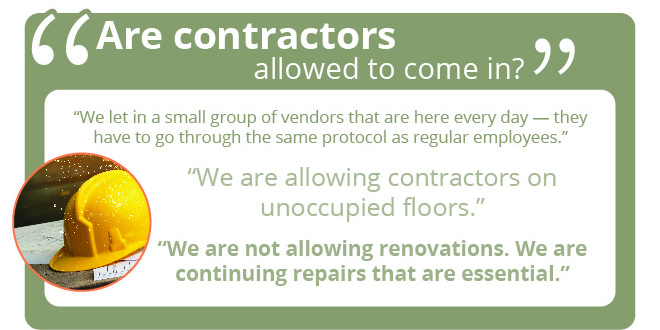Today’s blog post is from Kim Lehman, Varsity’s PR strategist. Kim has 25+ years of experience working collaboratively with businesses to build crisis communications plans and activate them.
You never know when your community will undergo a crisis that will create news coverage and public scrutiny. To deal with a man-made or natural disaster without damaging your community’s reputation, it’s imperative to have a well-thought-out crisis communications plan in place. The last thing you want to do in an emergency is to be scrambling to react. By having a crisis communications plan, you minimize chaos and create better communications with your external and internal audiences.
What is a crisis communications plan?
A crisis communications plan is simply the physical, concrete plan that outlines the responsibilities, protocols and key message points of an organization when reacting to a crisis situation. The plan will guide your community in sharing information with your key constituents during an emergency situation in a timely matter. Key constituents should include employees, residents, residents’ loved ones, traditional and social media, the community at large and other business partners. One common myth is that, if a community has an emergency preparedness plan, then the community is covered. On the contrary, a crisis communications plan goes far beyond an evacuation strategy.
Steps to creating an effective crisis plan
- Form a team
First, identify the key people that should be part of the crisis communications team, to include a core team and subgroups. For example, your core team would include the CEO, the executive director and the communications director. Then, create subgroups for each particular type of incident. For instance, if you had a hacking incident, the IT director would be part of your subgroup. For an employee crisis, the HR manager would be involved. By putting the right people in place, your organization can be prepared to deal with a crisis more effectively.
- Make an organizational chart
Create a chart, listing the core team and the subgroup team members. Then, compile the contact information for all team members. Identify a meeting place — whether that’s a physical conference room and/or a designated 1-800 conference call if all members of the team are not in one physical location.
- Create scenarios
Get in a room with the core team and talk about every scenario that could possibly happen at your community, from a flu outbreak to an active shooter or a power outage. Create an exhaustive list of these potential situations.
- Designate your spokespeople
For each scenario, choose a spokesperson and make sure that he or she is familiar with the talking points. The people you designate will depend on the scenario and also on their level of ability to communicate with the media. (Remember to always media-train your spokespeople!) Always choose someone who can articulate the message efficiently and help put the community in a positive light.
- Identify communications channels
Outline all of the current ways you deliver your information to external and internal audiences. You will want to use different channels for different scenarios. For example, internal statements may be delivered via an intranet; press releases may be sent via email to journalists; and social media posts may be placed on social media channels.
- Create written statements
For each scenario, you should create an external statement to send to the media, an internal statement that you will send to employees and a potential Q&A. While you won’t have all of the details of a particular scenario, it’s nice to have the foundation of a statement so you aren’t rushing to write something during a crisis situation when stress levels are high. Be sure to keep the finished materials organized together — whether in a physical binder or in an electronic file.
- Update your plan regularly
Once you’ve got your plan in place, I recommend updating the plan every six months. Spokespeople, phone numbers and other details change frequently. Update your communications plan when you change the batteries in the smoke detectors and during daylight savings time.
Did this process sound time-consuming? It can be. Crisis communications planning takes a lot of effort, and many organizations don’t want to spend the time and resources to do it; however, the consequences of not having a plan in place far outweigh the time you spend on it. And there’s nothing like the feeling of knowing that, should a crisis occur, your community will be well prepared to deal with whatever comes your way.
If you’d like to talk more about crisis communications planning, please contact us!

